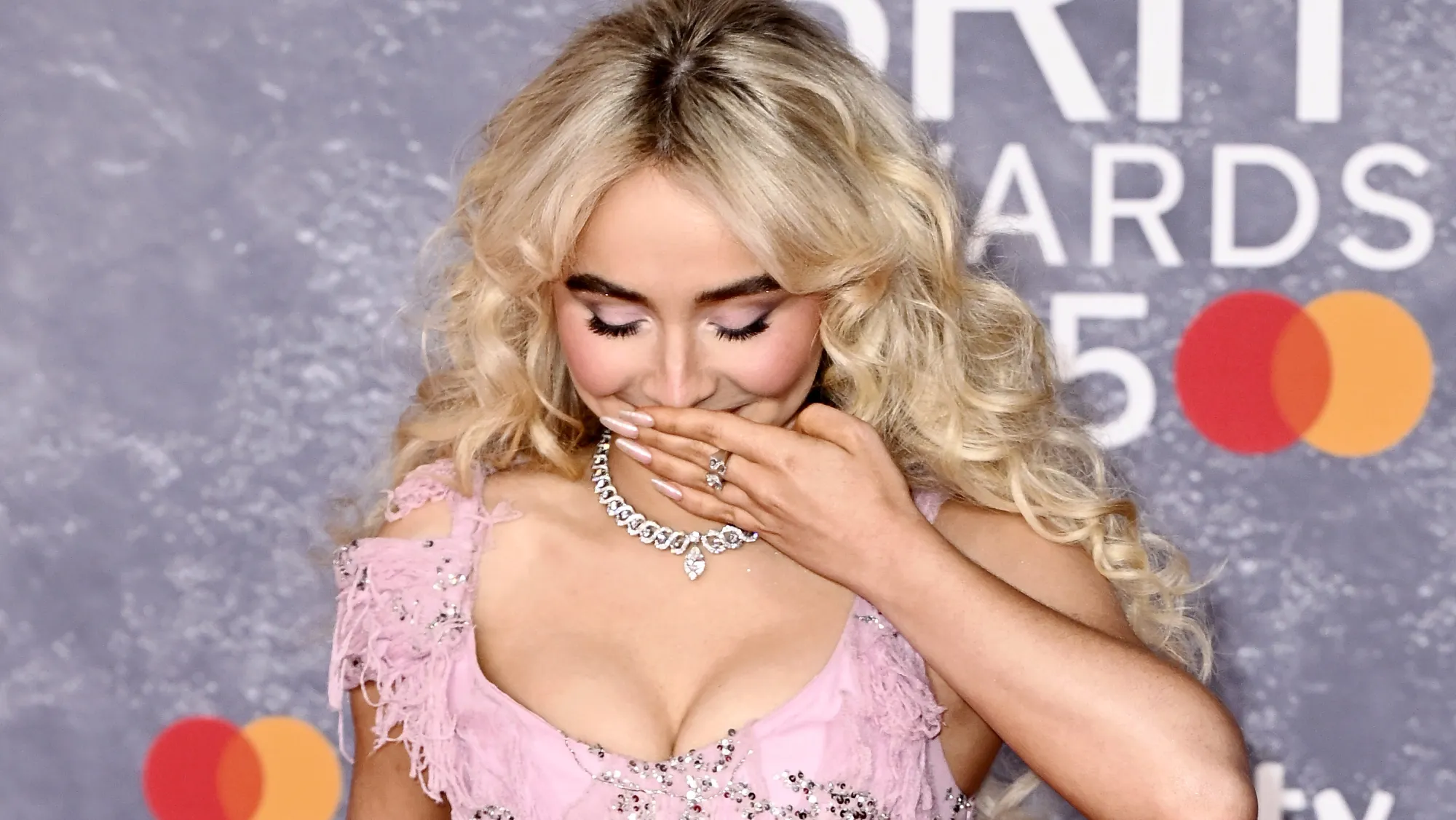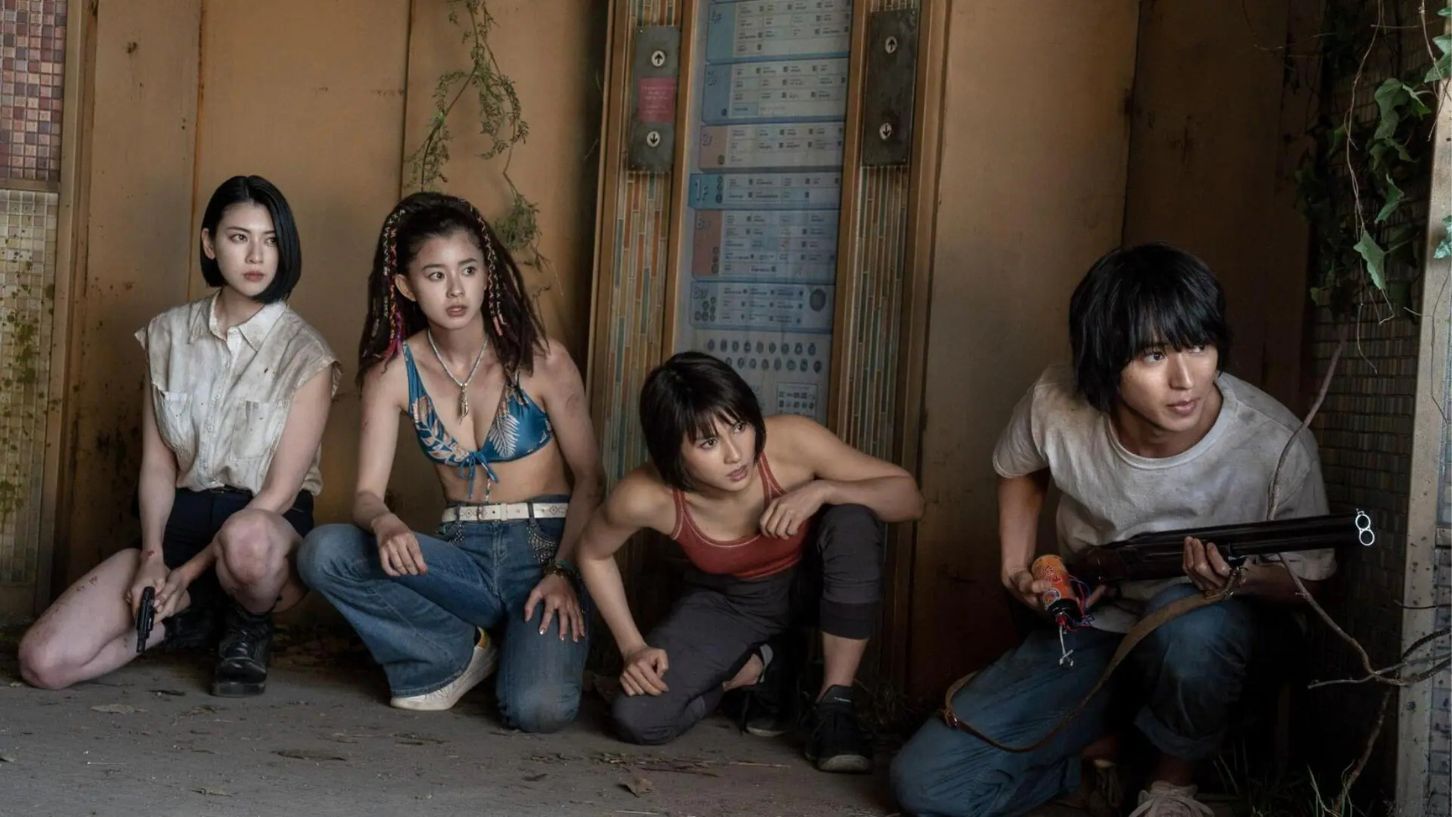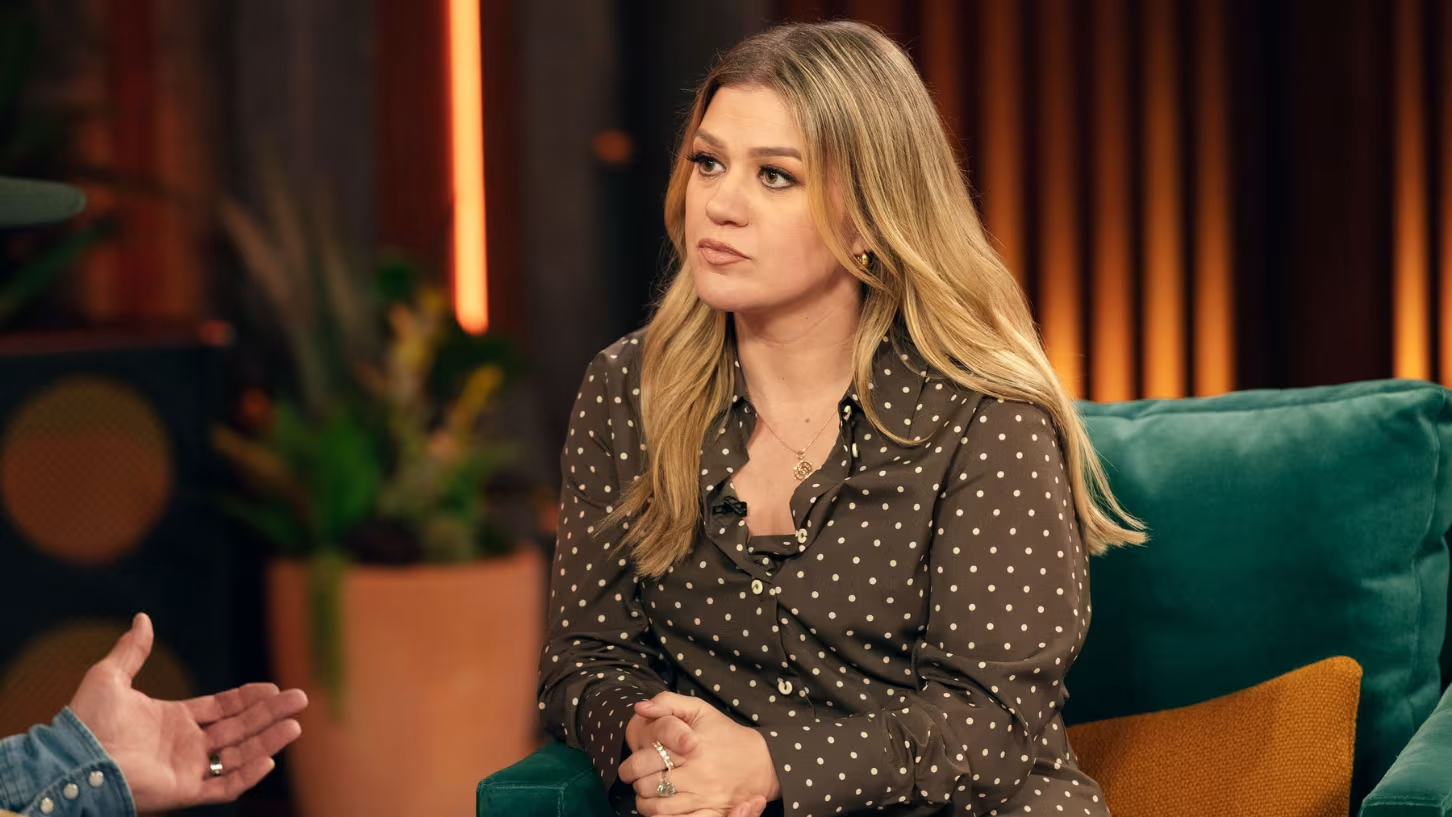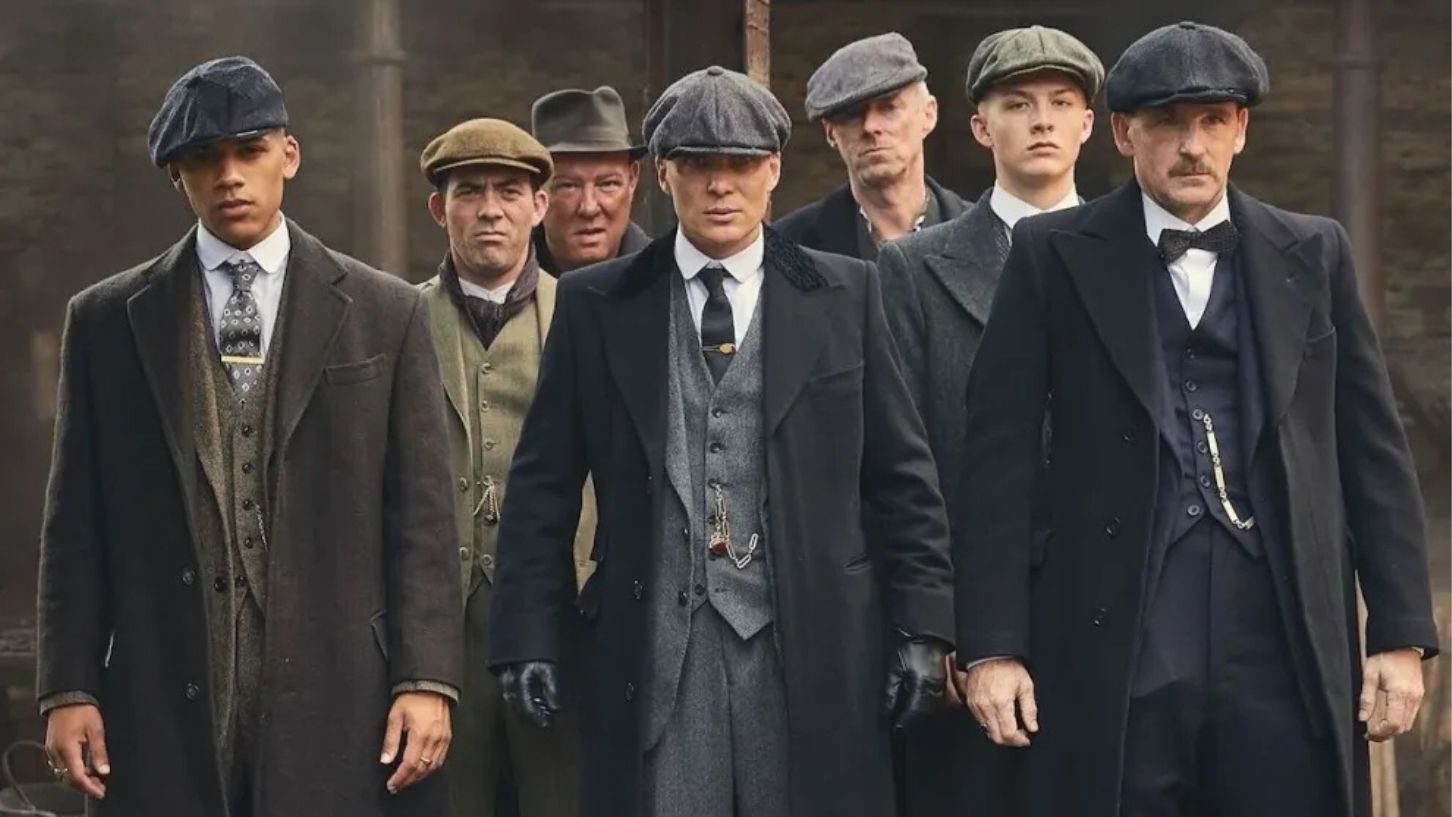Sabrina Carpenter’s Man’s Best Friend backlash has exploded across social media and news outlets this week. The Grammy-winning pop star’s announcement of her seventh studio album, Man’s Best Friend (dropping August 29, 2025), came with a striking—and controversial—album cover: Carpenter is shown kneeling on all fours, dressed in black while a man stands behind her, pulling her hair like a leash.
Sabrina Carpenter Man’s Best Friend backlash – what’s going on?
From the moment that risqué album art dropped on June 11, it ignited a firestorm of reactions:
Critics and concerned fans, especially parents of younger followers, slammed it as degrading imagery that “caters to the male gaze”. One Redditor bluntly posted:
“This is NOT feminism or empowering… she is doing exactly what patriarchy… wants”.
Media outlets echoed the sentiment: India Today called it “degrading and caters to the male gaze”. The Independent highlighted the divide, noting that some fans view it as feminist satire, while others find it disturbing.
Parental voices argued that even though Carpenter never positioned herself as a youth role model, the cover feels “off-putting” and “inappropriate” for her younger audience.
But what about the defenders?
There’s a strong counter-narrative gaining traction:
Satirical intent: Many believe the cover is intentionally provocative—Carpenter flipping the script on objectification. One Express fan succinctly stated it’s “a metaphor for being treated like a dog”.
Artistic consistency: Fans emphasize this move aligns with her outspoken persona. Since Short n’ Sweet, Carpenter has leaned into provocative themes—lyrics, visuals, and performances. In Manchild, for example, she criticizes immature men.
Growing up under scrutiny: Similar to the Miley Cyrus arc, former Disney stars often face backlash when embracing adult themes. Critics argue it’s unfair to box her into a sanitized image simply because of her past.
Carpenter’s response
In her Rolling Stone interview, Carpenter was unapologetic:
“They’re like, ‘All she does is sing about this.’ But those are the songs you made popular… I can’t control that.” And: “I cannot give a f‑‑‑ about it, because I’m just so excited.”
She highlights a double standard: female artists are scrutinized for their sexuality far more than men, and she’s not here to tone down that expression.
Cultural context & feminist debate
This controversy echoes long-standing tensions over how female sexuality is portrayed in pop:
Male gaze vs female empowerment: Feminist critics accuse Carpenter of reinforcing patriarchal fantasies. Defenders argue she’s mocking those fantasies by embodying them in an exaggerated, performative way.
Satire pitfalls: Some fans argue the message may be too subtle—“ironic but still feels objectifying.” The blend of humor and critique can easily be misinterpreted unless audiences dig deeper.
Broader pop culture parallels: Comparisons to Sydney Sweeney’s “bathwater soap” campaign show this trend—female stars exploring edgy, hyper-sexualized creativity—and the social media debates that follow.
What’s next?
Album & lyrics drop August 29—fans are watching to see if the songs reinforce feminist themes or lean into the provocative imagery.
Tour dynamics: Carpenter’s Short n’ Sweet tour resumes this October. Will stage visuals echo the controversy or shift direction?
Ongoing discourse: Whether you’re appalled, intrigued, or amused, there’s value in the conversation she’s sparked: about consent, empowerment, sexuality, and the fine line between pandering and critique.
Final take
Sabrina Carpenter’s Man’s Best Friend backlash isn’t just a pop-star scandal—it’s a cultural flashpoint. The album cover taps into big conversations: Who controls female imagery? Is it possible to use eroticism to critique it? Or does it just feed into old stereotypes?
Ultimately, Carpenter’s stance is clear: she knows how this looks, and she’s doing it on purpose. The world’s watching. More important: listening. Whether you’re team “provocative art” or team “tone-deaf imagery,” this moment is sparking cultural scrutiny—and that, arguably, is part of the artistic intent.



